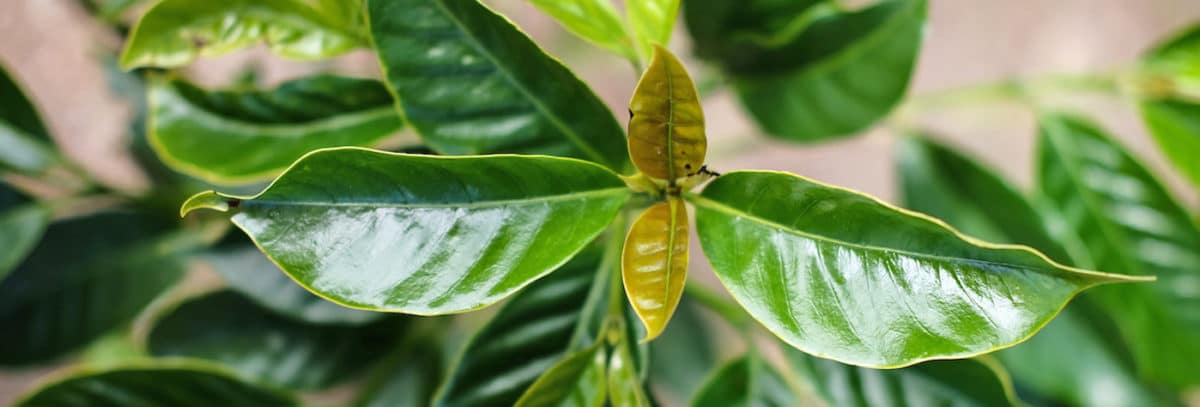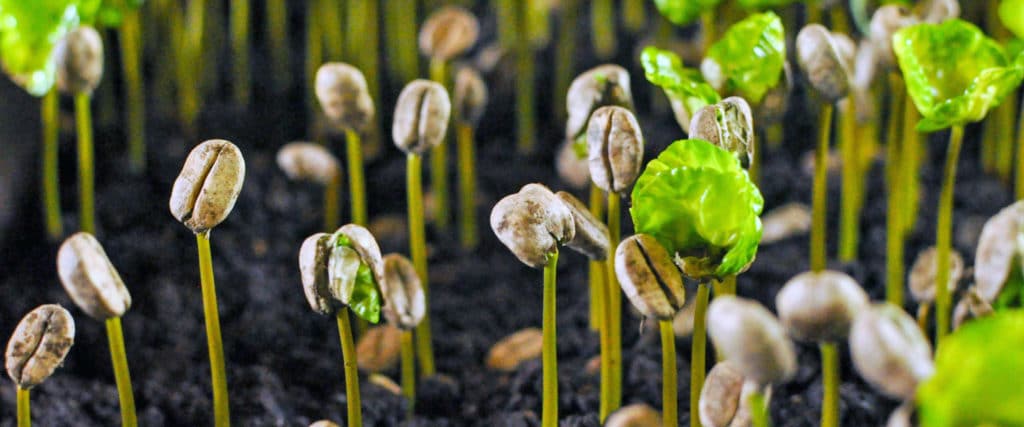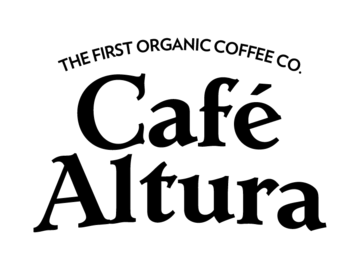
WCR Coffee Varieties
Coffee growing can be tricky business. The crop is one that be temperamental and needing more attention than others. You can only grow beans at a commercial scale in the tropics (aka the “Coffee Belt”), the beans require hand-picking and sorting, and are extremely susceptible to disease. Plants can also take up a lot of space, require frequent attention and care than other crops. All these characteristics, disease susceptibility and labor intensivity at the forefront, all contribute to coffee being a volatile crop and one that can be hard to profit off of and rely on.
In coffee producing regions like Central America diseases like “Coffee Rust” have destroyed hundreds of thousands of acres of crops. Especially for smaller farmers, if their coffee trees are diseased, it can be incredibly damaging financially.
With this being the case, it is extremely important that databases of information exist to inform the industry and public about the varietals currently out there and encourage future development of new cross breeds. The World Coffee Research Organization (WCR) has started this needed movement.

When the WCR published their WCR Coffee Varieties Catalog, it represented one of the most complete and detailed reference texts documenting the characteristics of different coffee varieties. The database contains information on cup quality, disease susceptibility, plan characteristics, optimal growing elevations, bean size, yield, nutrition needs, and more. This breadth of information means that this Catalog can serve as a go-to source for farmers, roasters, as well as conscious and informed consumers.
That last aspect, conscious and informed consumers, is something we feel passionately about. Every part of the coffee supply chain has a role to play in creating a sustainable future for the coffee industry, and informed consumers are no exception. We believe that consumers want to make ethical choices and that the only thing holding them back most of the time is simply not having the right information. This blog, our stores, and our team all are constantly looking for ways to inform the public about what their options are and the impacts associated with each.
The Catalog also represents one of the first widely available and comprehensive data sets allowing producers to make smarter decisions for their farms. With coffee trees living an average of 20-30 years, picking the right kind is essential. A miscalculation about what kind of tree to plant can cause a reduced yield at best, and financial hardship compounded over decades at worst. This best case of reduced yield is something that WCR sees as contributing to “chronically low yields around the globe.”

By giving access to important data to more people than ever before, the hope is that smaller farms will finally be able to make more informed decisions. If they succeed in democratizing this powerful data, it could mean greater financial security for countless producers along with a more productive and sustainable supply chain in the future.
Along with wanting to inform the public, this database plays a crucial role in supporting ongoing research into new kinds of beans. In order to undertake research into which kinds of hybridized beans might have more beneficial characteristics like drought and disease resistance, researchers need this as a starting off point. By having access to a host of reliable data and information on the traits of different beans, researchers can more efficiently go about their experimentation.
While WCR’s Coffee Varieties Catalog is a fantastic resource– and hopefully a sign of more to come– and our industry cannot afford to be content with the status quo. With such a high-demand and volatile commodity, more research and data sharing is needed. Databases like this one help to catalyze collaboration and innovation, making breakthroughs more likely while fostering a culture of informed experimentation. It’s this innovation which will lead the industry into a sustainable future to the benefit of everyone involved. We need the industry to keep innovating and finding ways to create a product that not only tastes incredible, but is also economically and ecologically sound, as well.
